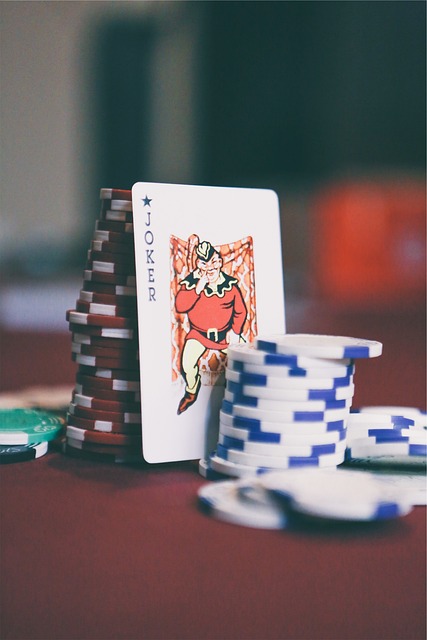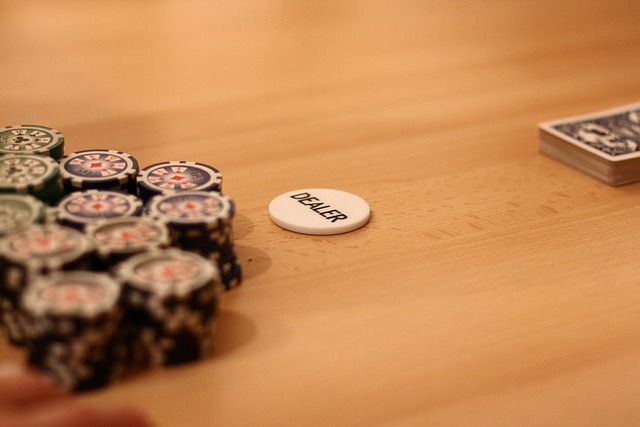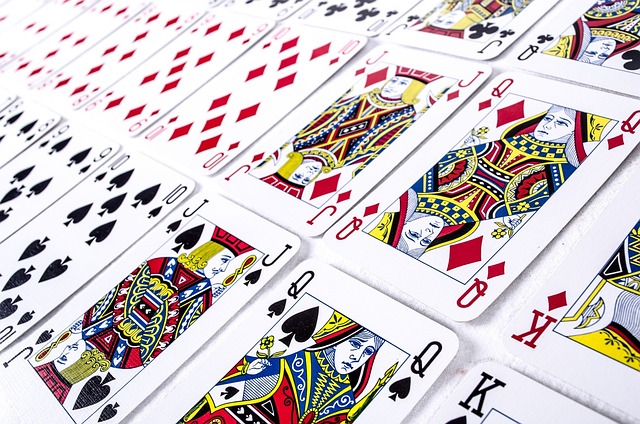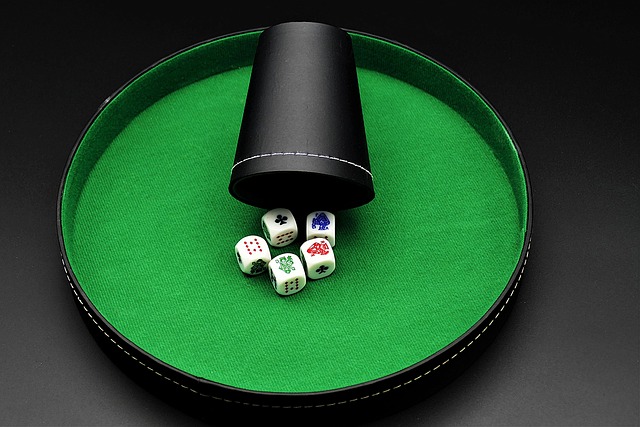The design of poker Rooms is crucial for engaging players, blending strategic lighting, color schemes, and furniture to enhance focus and socialization. Comfortable seating, ample table space, and thematic décor like wall art spark conversations and make each visit memorable. These rooms become vibrant social hubs, fostering connections, networking, and knowledge sharing among diverse players. Balancing comfort with ambiance through adjustable seating, ambient lighting, and regulated temperature creates an ideal environment for both interaction and focused gameplay.
Immerse yourself in the vibrant world of poker rooms, where atmosphere plays a pivotal role. This article delves into the art of crafting an engaging environment that captivates players. From intricate design and aesthetics to fostering social interactions and ensuring comfort, we explore the multifaceted elements that define top-tier poker rooms. Discover how these factors create a unique experience, attracting both seasoned pros and enthusiastic amateurs alike.
- Setting the Mood: Design and Aesthetics in Poker Rooms
- Enhancing Interaction: Social Aspects of Poker Room Atmosphere
- Creating a Comfortable Space: Accommodations for Players' Needs
Setting the Mood: Design and Aesthetics in poker Rooms
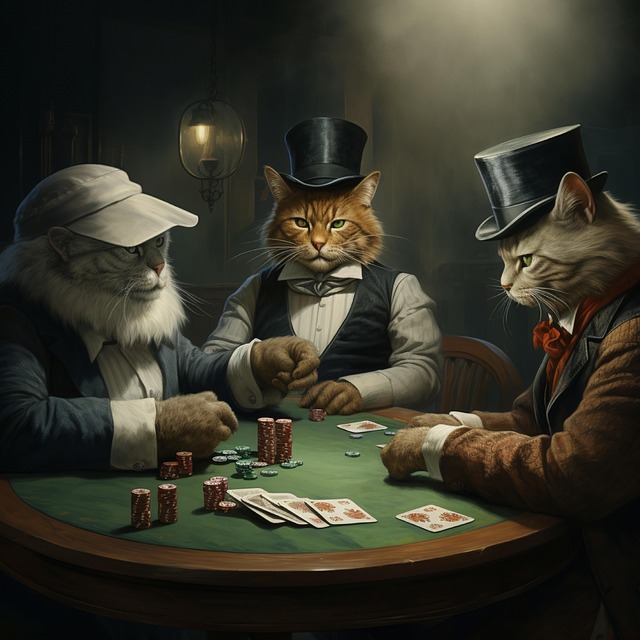
The design and aesthetics of a poker room play a crucial role in setting the mood for players, enhancing their overall experience. Well-designed spaces with strategic lighting, color schemes, and furniture arrangements can create an inviting atmosphere that encourages both focus and socializing. Soft yet subtle lighting, for instance, can reduce eye strain during long games while also fostering a sense of comfort and warmth. Color choices should consider the psychological impact; deep blues or greens are known to promote calmness, ideal for intense gameplay. Comfortable seating arrangements, including plush chairs and ample table space, contribute to physical well-being, allowing players to concentrate better.
In addition, poker room aesthetics often incorporate themes or décor that reflect the game’s culture. Wall art featuring iconic poker scenes, vintage playing card displays, or even interactive elements like giant playing cards can capture players’ imaginations. These design touches not only add character but also serve as conversation starters, fostering a sense of community among players, making each visit to a poker room an immersive and memorable experience.
Enhancing Interaction: Social Aspects of Poker Room Atmosphere
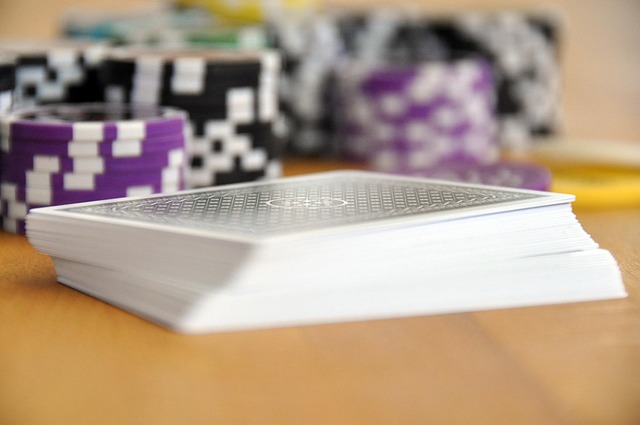
The atmosphere in poker rooms goes beyond just cards and chips; it’s a vibrant social space where interactions and connections thrive. Players from diverse backgrounds gather, creating an eclectic mix of personalities and experiences. This unique environment encourages conversations both at the table and during breaks, fostering a sense of community among players. The social aspect is a game-changer, transforming what could be a competitive setting into a hub for networking and building friendships.
In poker rooms, interactions range from casual chit-chat to intense debates about strategies, all contributing to an enriching experience. This dynamic atmosphere not only enhances the overall enjoyment of the game but also provides opportunities for players to learn from one another. The social dynamics can significantly impact the room’s energy, creating a bustling environment that mirrors the excitement of the game itself and solidifying the poker room as more than just a place to play cards—it becomes a hub for engaging interactions.
Creating a Comfortable Space: Accommodations for Players' Needs
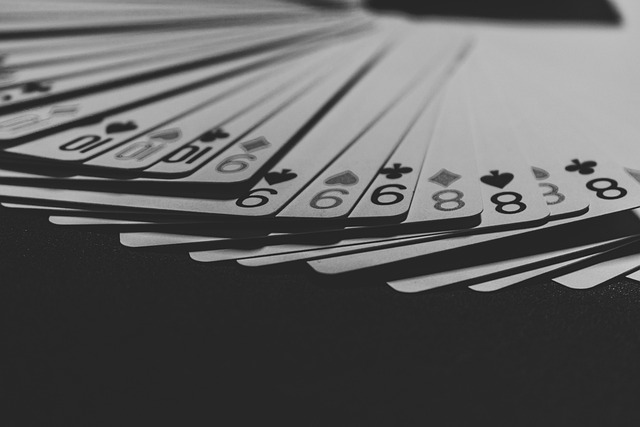
Creating a comfortable space is paramount in designing successful poker rooms. This involves accounting for players’ diverse needs and preferences. Adequate seating that supports prolonged periods of play, with adjustable heights to cater to different player statures, is essential. Additionally, proper lighting should be implemented, offering both ambient warmth for relaxation and the ability to adjust brightness for clarity during intense gameplay. Temperature control is another critical aspect; a well-regulated climate ensures players remain comfortable, focusing on their game rather than environmental discomfort.
The ambiance within poker rooms should foster a sense of camaraderie and excitement without being overwhelming. This can be achieved through thoughtful decor that blends stylish aesthetics with functionality. Well-placed mirrors, for instance, can enhance the perception of space while providing strategic viewing angles. Soft, yet engaging, background music contributes to an inviting atmosphere, creating a pleasant environment where players can socialize and compete amicably.
The ideal poker room goes beyond just card tables and chips; it’s a carefully curated environment that fosters engagement, comfort, and an immersive experience. By combining strategic design, social interaction, and player-centric amenities, modern poker rooms create a vibrant atmosphere that caters to both the mind and body. Through attentive consideration of these elements, poker rooms can elevate the overall player experience, making each visit memorable and distinctive in the competitive landscape of gambling destinations.
